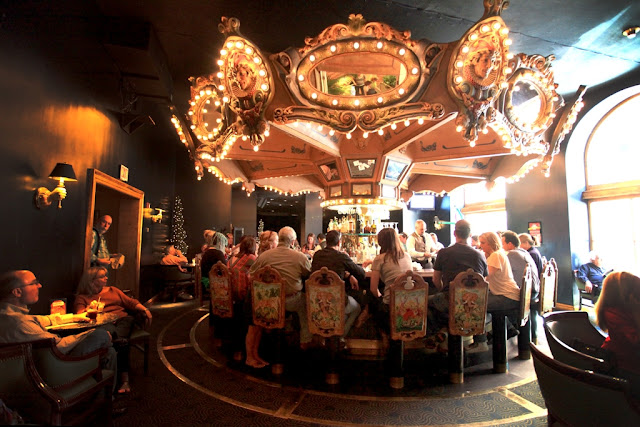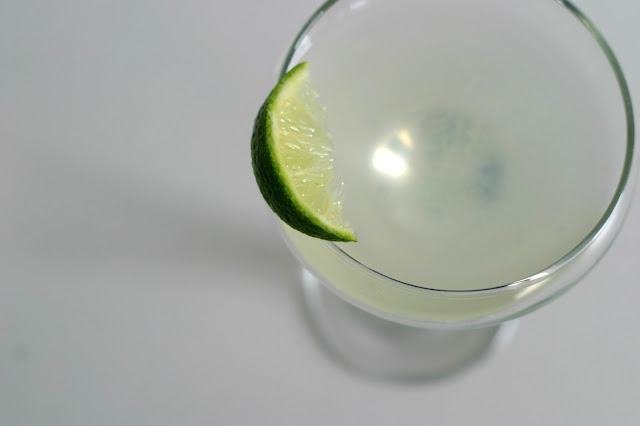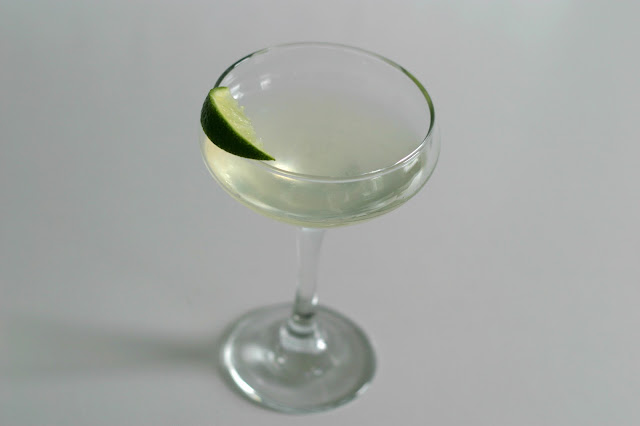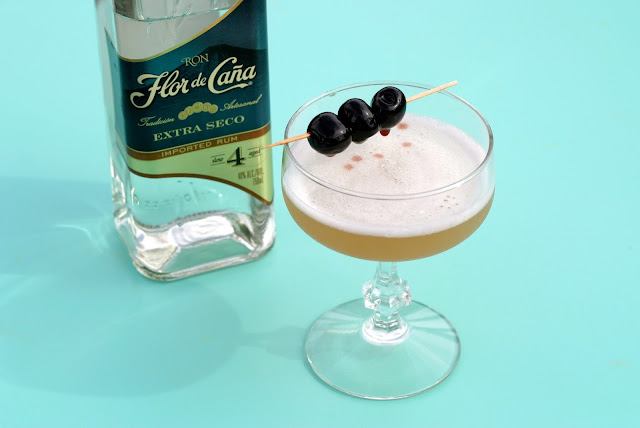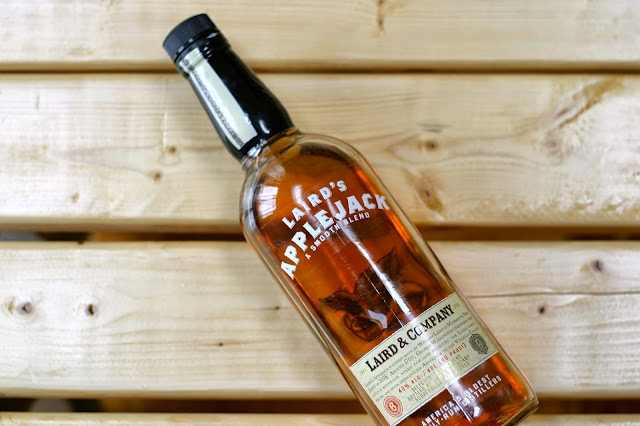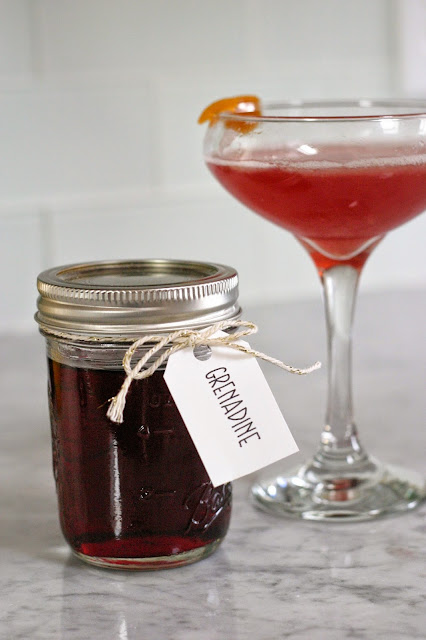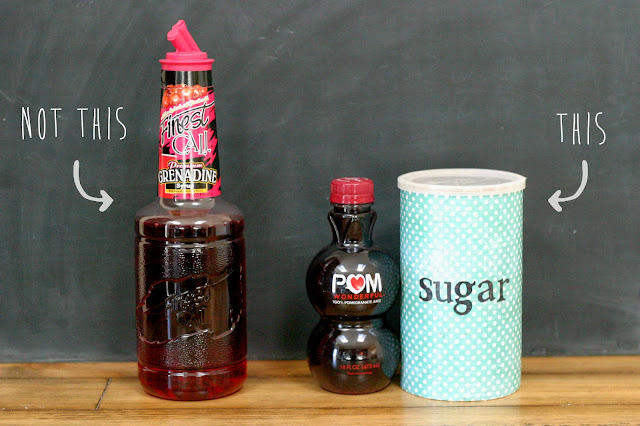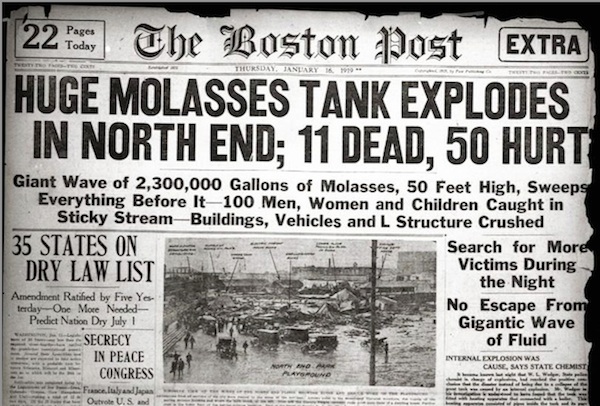Before we get to the Ward Eight, check out the Mixology Monday roundup over at Putney Farm. It was fun to see what everyone made with their "hometown hooch." Boston was well-represented. Fred Yarm of Cocktail
Since we're talking about Boston booze, it's appropriate that today's cocktail is the Ward Eight, as you'll soon see.
The Ward Eight may be pink, but it doesn't taste like it. As I was making it, I realized that this recipe is really just a riff on an Old Fashioned. Rye, bitters, sugar, orange. Using a half ounce of orange juice instead of just lightly muddling an orange slice amps up the orange flavor, and replacing simple syrup with grenadine adds a tartness that is enhanced by the addition of the unexpected ingredient, lemon juice. The lemon juice really makes it more of an Old Fashioned-Whiskey Sour hybrid. It's sweet and tart but still spirit-forward. Definitely one of my favorite drinks containing grenadine.
History: This is the first classic cocktail I've featured that has its origins in Boston. In his book Imbibe!, David Wondrich introduces it as follows:
The Ward Eight looms large in the mythical history of mixology, wherein it is the Champion of the Hub, proving to one and all that when Boston was called on to contribute a Cocktail to the great pageant of American intoxication, it did not say "I shall not serve."
Okay, so maybe it's the only classic cocktail that has its origins in Boston. The Ward Eight was invented at Locke-Ober, which was located just off Winter Street in Downtown Crossing. This beautiful restaurant was the third-oldest in the city before it closed in 2012. I feel fortunate that I got to attend a dinner there before it shut down. It was a lovely building of dark wood paneling, rich carpets, and red leather chairs and sofas. I'm not surprised it was the birthplace of a classic cocktail.
 |
| Martin Lomasney |
Lomasney shunned the term "ward boss," as well as "czar," which the media tried to christen him. The nickname he finally accepted was Mahatma, upon hearing that it implied more of a spiritual leadership.
In 1898, Lomasney was running for a seat in the state House of Representatives. He and his supporters were at Locke-Ober celebrating his victory... the night before the election. (And we think politics are bad these days.) They asked the bartender to invent a cocktail in Lomasney's honor, and the Ward Eight was born.
Of course, there is contention surrounding this story. Most sources say the bartender's name was Tom Hussion, but Imbibe claims Hussion didn't start working at the restaurant until 1900; the other name floating around is Billy Kane. Unless, of course, the party wasn't at Locke-Ober at all, and the drink was invented by Charlie Carter in 1903. David Wondrich says the election in question wasn't until 1905 anyway, but I'm not sure; it appears Lomasney did serve in the state legislature in 1899. And Wondrich also says that Ward Eight was what is now Roxbury and the South End, which is incorrect. (He adds "Where, it's safe to say, one of these hasn't been poured in fifty years." ARE YOU KNOCKING THE SOUTH END, DAVID WONDRICH?)
Anyway, the whole thing is a bit ironic since Lomasney didn't drink. But thank goodness his supporters did, so that Boston does not have to shoulder the shame of not contributing to "the great pageant of American intoxication."
Check out this piece for more on Lomasney. I'll leave you with his most famous quote: "Never write if you can speak, never speak if you can nod, never nod if you can wink."
Ward Eight
2 oz. rye whiskey1/2 oz. lemon juice
1/2 oz. orange juice
1/4 oz. grenadine
2 dashes Angostura bitters
Combine all ingredients in a shaker. Add ice and shake until well chilled. Strain into a cocktail glass or coupe, and garnish with a cherry, a slice of orange, or both. Toast the Mahatma of Ward Eight.
Recipe from The Kitchn's 9-Bottle Bar.







